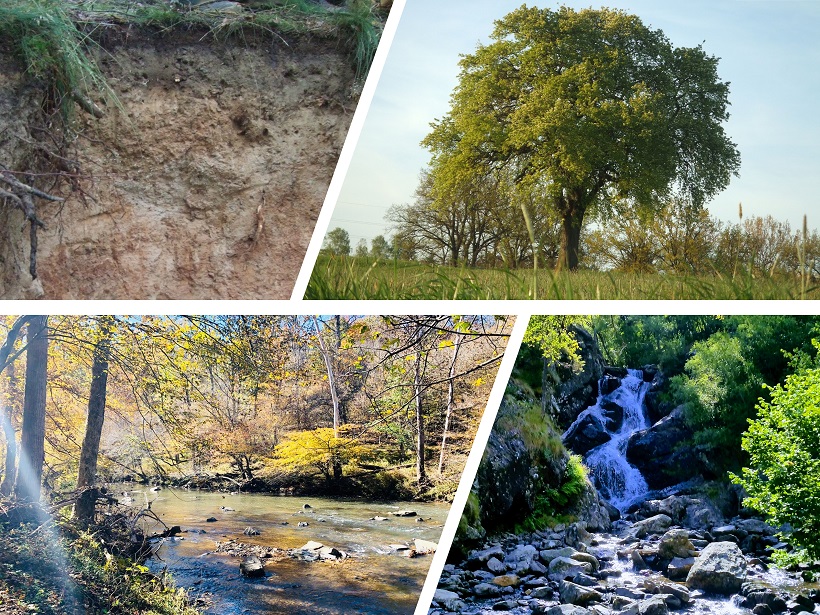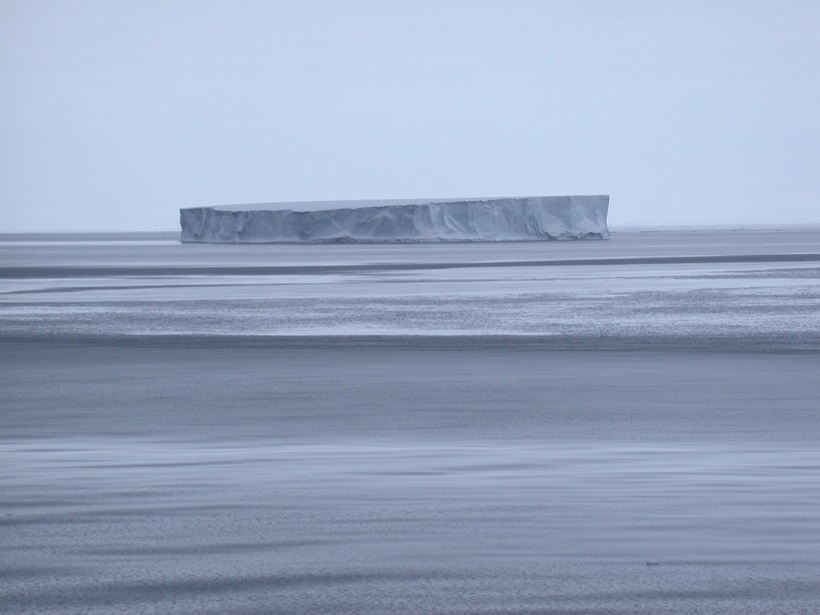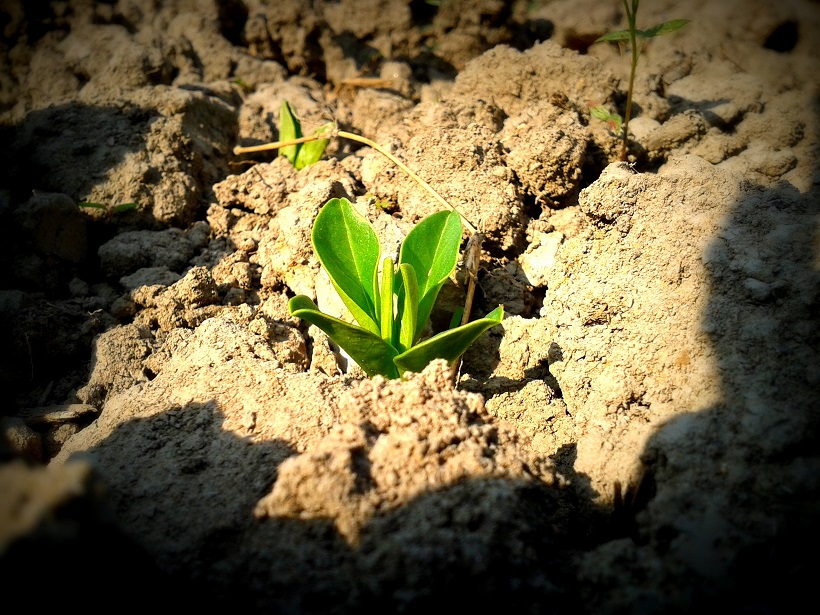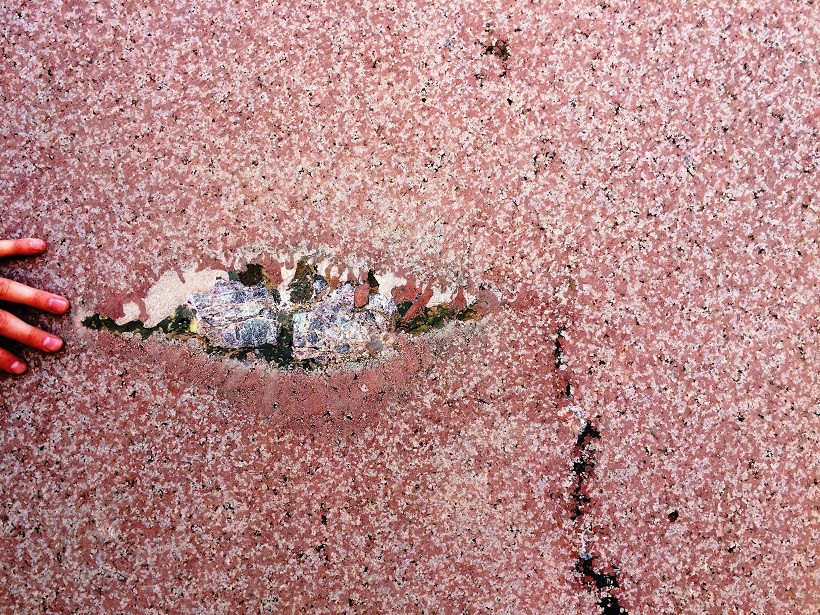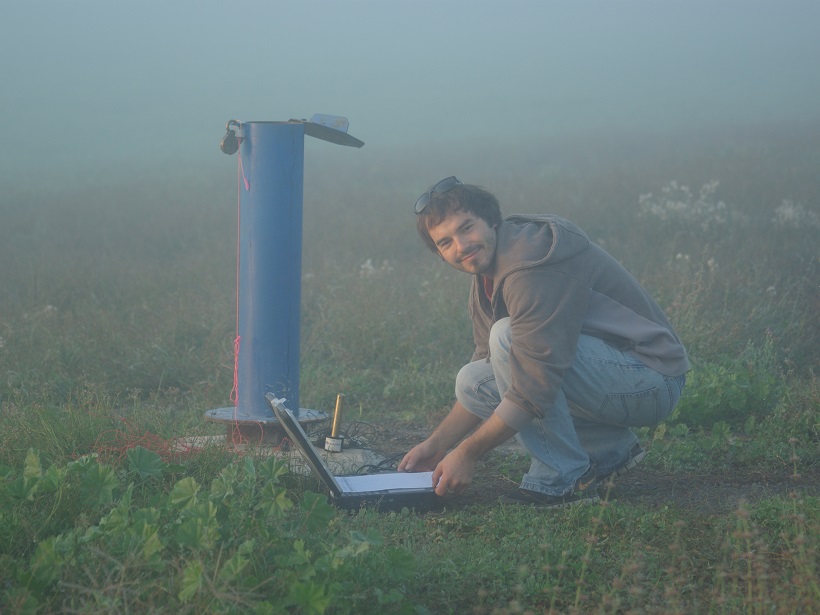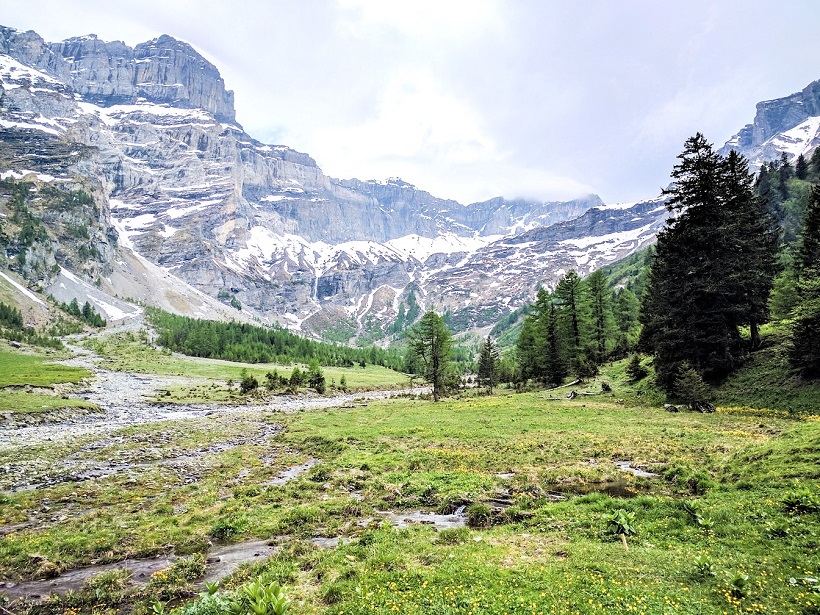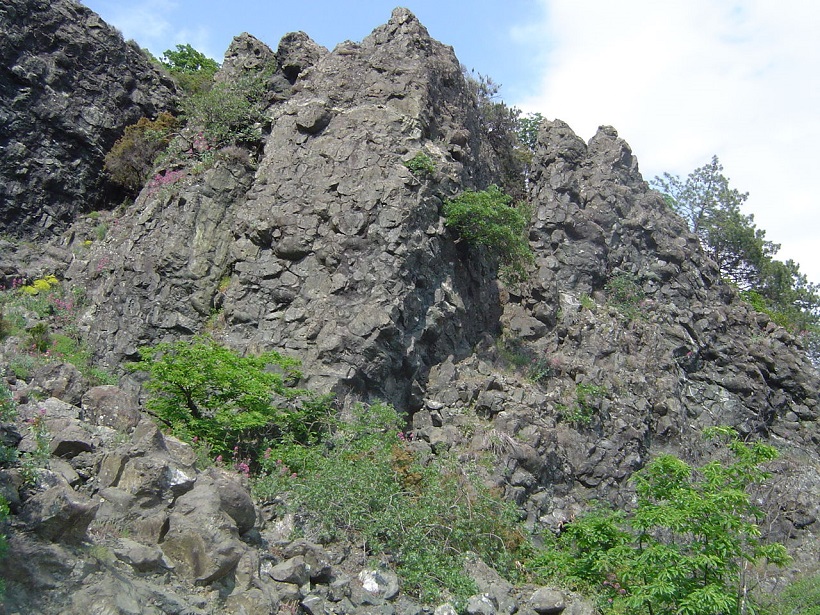The waters of the Kuroshio Current in the northwestern Pacific Ocean transport heat, salt, and organic and inorganic matter from south to north, shaping the ocean ecosystem.
Editors’ Vox
How Old is the Water from the Tree Canopy to Groundwater?
Understanding the “age” of water in different times and places offers insights into how water moves through the hydrological cycle.
Science in a Frozen Ocean
It’s notoriously difficult to access, but new technologies, international collaboration, regional models, and interdisciplinary approaches are improving understanding of the Weddell Gyre.
The Paramount Societal Impact of Soil Moisture
Recent technological innovations offer new opportunities for soil moisture characterization and monitoring from the pedon to global scales.
Developments in the Continuing Search for New Mineral Deposits
New developments in the science of ore genesis and exploration could address the challenges of finding new mineral deposits for our increasingly materialistic world.
Unlocking a Treasure Trove for Subsurface Characterization
Earth and atmospheric tide signatures embedded in groundwater levels are a potential game changer in the monitoring of confined aquifers.
Effects of Variability in Atlantic Ocean Circulation
There is strong evidence that the Atlantic meridional overturning circulation plays an essential role in Atlantic multidecadal variability and associated climate impacts.
How Diverse Observations Improve Groundwater Models
Including diverse observations of exchange fluxes, tracer concentrations and residence times in groundwater model calibration results in more robust predictions than using only classical observations.
Age and Speed Matter in the Formation of New Oceanic Crust
A synthesis of data from studies in different ocean basins reveals that the characteristics of oceanic crust are shaped by age and spreading rate.
Cascading Down the Mountain
Earthquakes in mountain ranges produce a cascade of geological disturbances and hazards, from enormous landslides to climate change.


